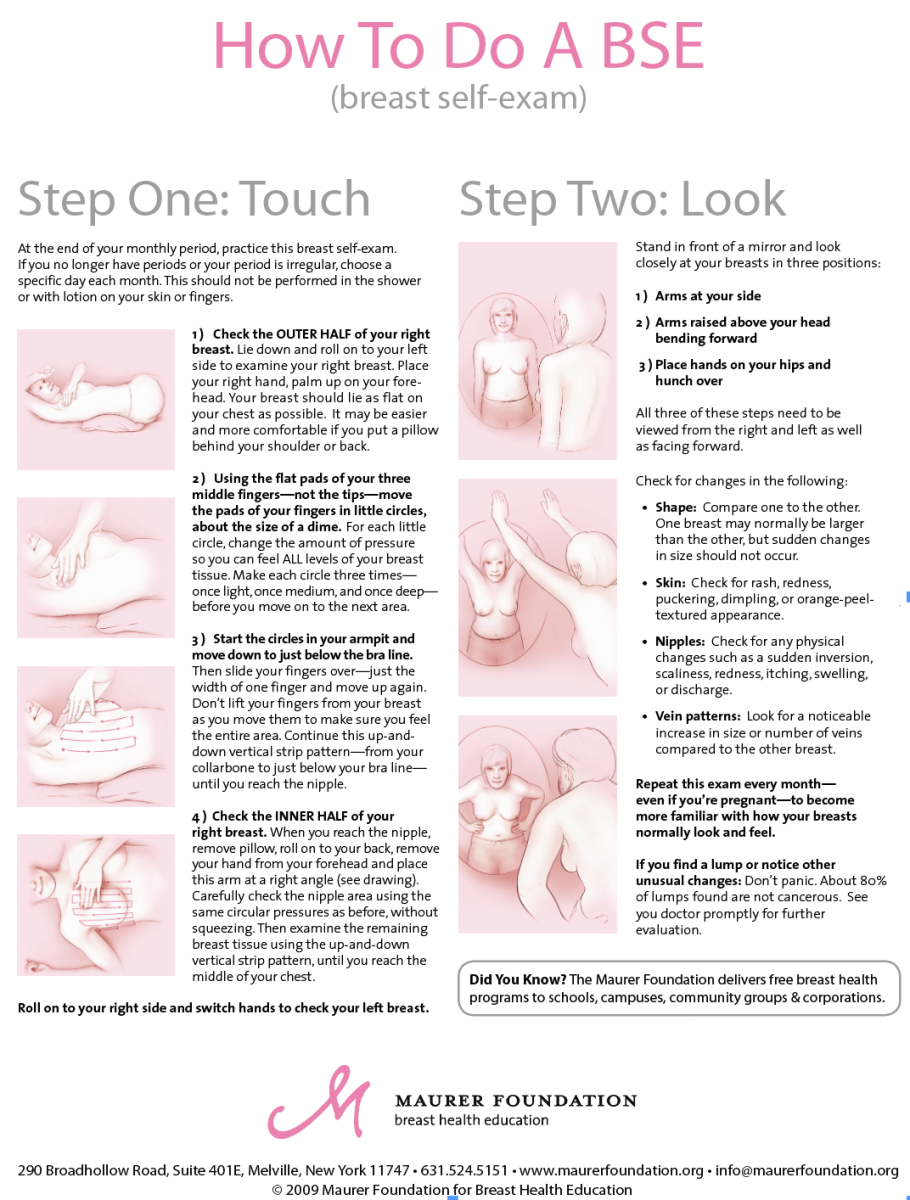In the year 2019 in the United States, there is an estimated number of 1,762,450 new cases of cancer and an estimated 606,880 cancer deaths. Every minute, there are approximately three new diagnoses and one death from the cancer.
The symptoms of noticeable breast cancer can be noticed through a developing lump or the skin thicken near the breast or underarm, noticeable changes in the shape or size of the breast, the nipple turning inward, or having discharge from the nipple.
Other symptoms include swelling, pain, redness, dimpling, scaliness or irritation to the breast. The cancer grows into five stages. Stage zero is when the cancer has not spread to any nearby breast tissue but it can be invasive if not treated.
The first stage is when the tumor is no more than two centimeters wide and has yet to start spreading to other parts of the body.
The second stage is the typical stage for the detection of advanced cancer. In this stage, the tumor can grow from two centimeters to more than five centimeters and can start spreading into the lymph nodes.
The third stage is when the tumor spreads to the lymph nodes behind the breastbone or the lymph nodes attach to itself or other structures. Also, the tumor can grow into the chest wall or skin of the breast.
In the fourth and final stage, the cancer has spread to other organs in the body, or it spreads to the skin and lymph nodes inside the neck, near the collarbone. When having breast cancer, the tumor can reach any one of these stages. When thinking about breast cancer there are misconceptions about having a certain stage of breast cancer is being non-curable. However, that is not the case because every stage of cancer can be cured during treatment.
Doctor Susan Greenstein Orel, a professor of radiation at the Hospital of the University of Pennsylvania, says in an article from Breastcancer.org that “Mammography plays a critical part in diagnosing breast cancer. In the past, we’d often find that a woman had breast cancer when she came in with a lump. Today, the cancers radiologists find on mammography are usually detected early, before they can be felt by the patient, are smaller than cancers felt by patients, and have much lower levels of lymph node involvement.”
Another way to have early detection of breast cancer is by getting a clinical examination. During a clinical examination, a medical professional can recognize many different types of abnormalities in the breasts.
However, there are ways to decrease the risk of having breast cancer. According to a pamphlet from Woman’s Hospital, the best type of methods to reduce the risk are by increasing your physical activity, limit your alcohol consumption and maintain a healthy weight.
If a woman does not get a mammogram or go have a clinical breast exam, there is an alternative method of checking to see for signs of breast cancer is by doing a self-examination.
A self-examination is something that many gynecologists recommends that every woman does at home once a month. There are three major steps in performing a self-examination.
The first step is to check your breasts when you shower. You would use the pads of your fingers and move around your breast in a circular pattern, going from the outer end to the center, feeling for any lumps, thickening or hardened knots.
The second step is to examine your breasts in front of a mirror. You would first inspect your breast with your arms at your sides. Then you would raise your arms over your head.
You are looking for any changes to your breasts. Afterward, you would put your hands on your hips and press firmly to flex your chest muscles. This is where you are looking for any dimpling, puckering or changes on the left or right breast.
The final step is that you would lay down to allow your breast tissue to spread out evenly along the chest wall. With your right shoulder under a pillow and your right arm behind your head, you would take your left hand and make circular motions on your right breast looking for abnormalities. You would use light, medium and firm pressure to do this.
Finally, squeeze the nipple to check for any discharge or lumps. After you are finished with the right breast, repeat the steps onto your left breast. It may seem like a lot but it is working in your favor.
There are many places you can go to get a checkup like your local hospital, the Planned Parenthood, the Woman’s Hospital, etc. If you want to schedule an appointment for a breast screening, you can go to plannedparenthood.com or call 1-800-230-7526, or go to womans.org or call 225-424-1974.
Categories:
Self-Breast Care Awareness Month
October 29, 2019
0
More to Discover










